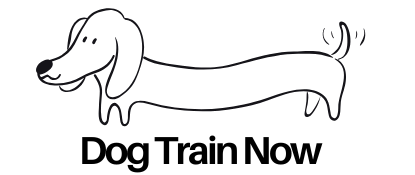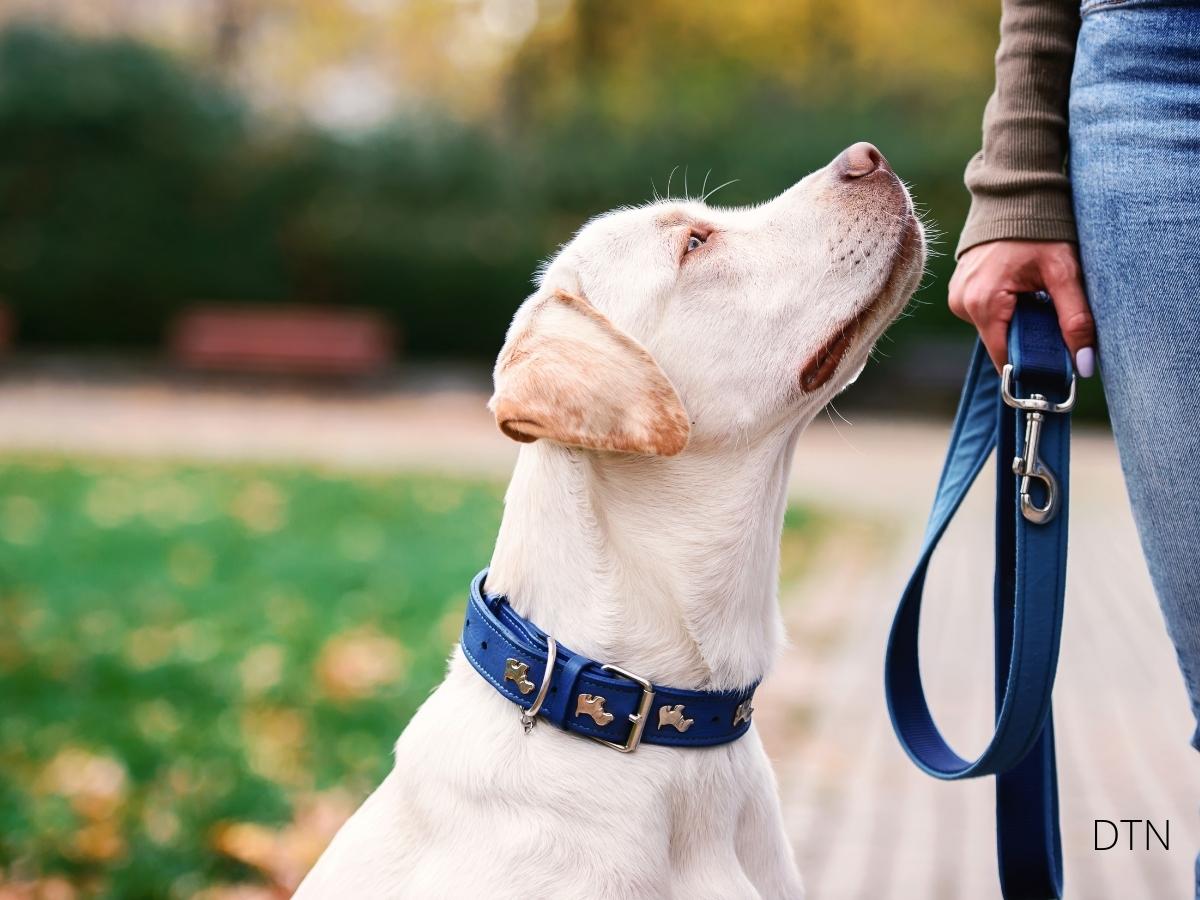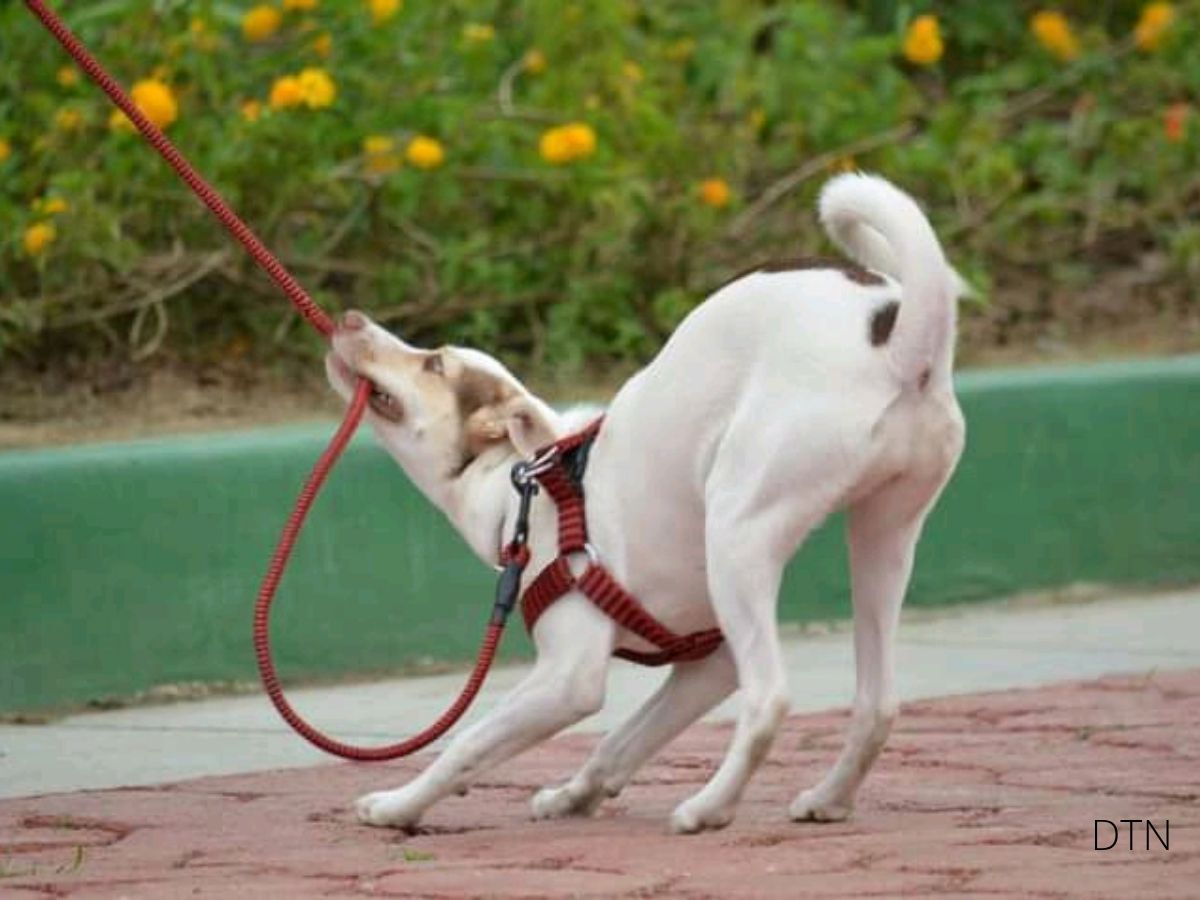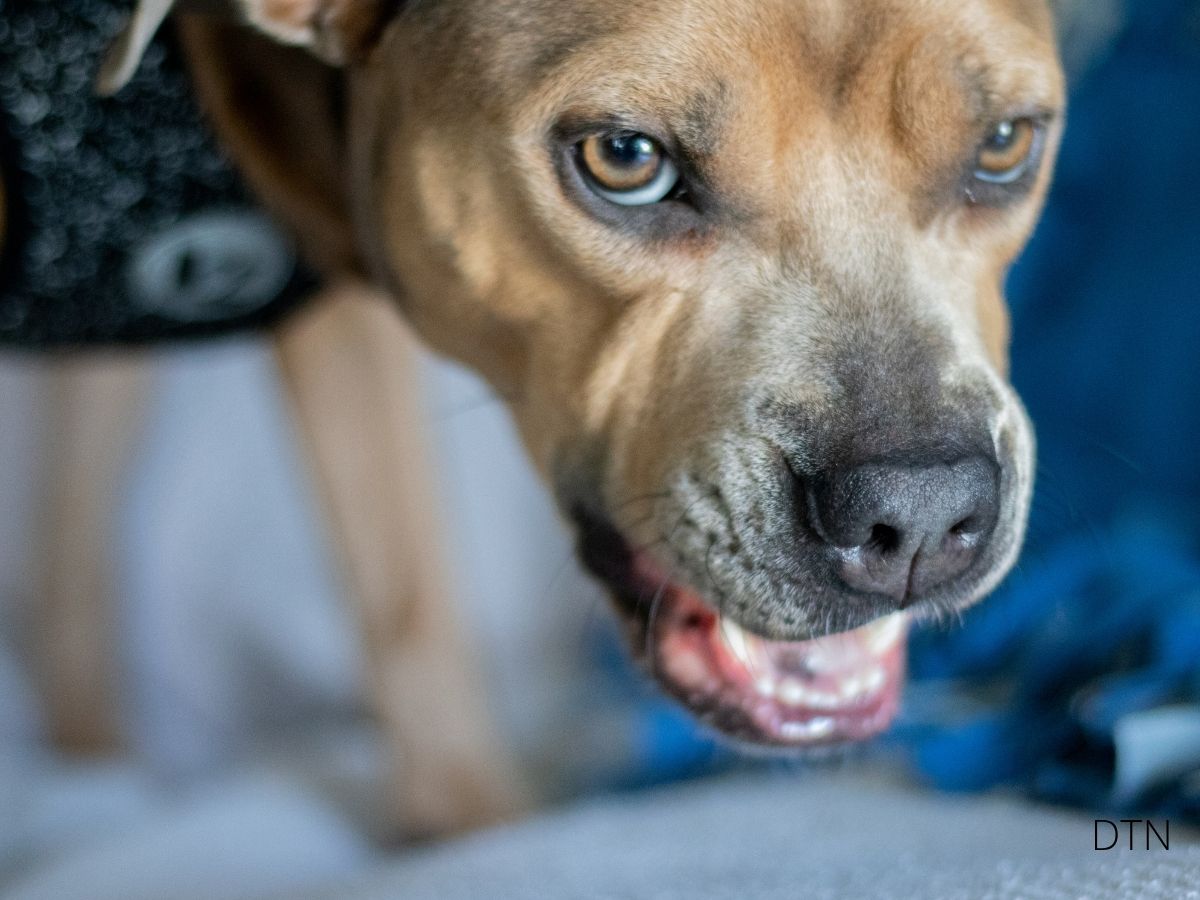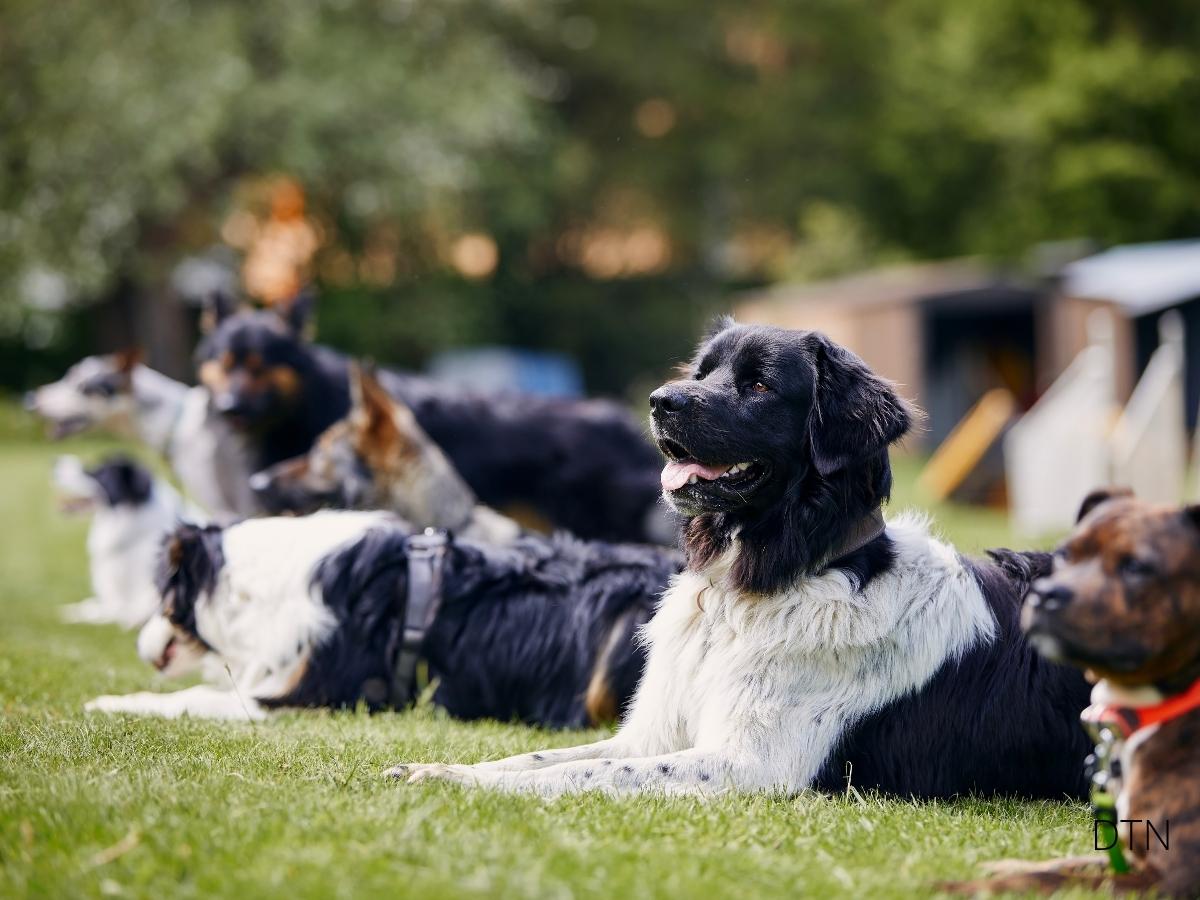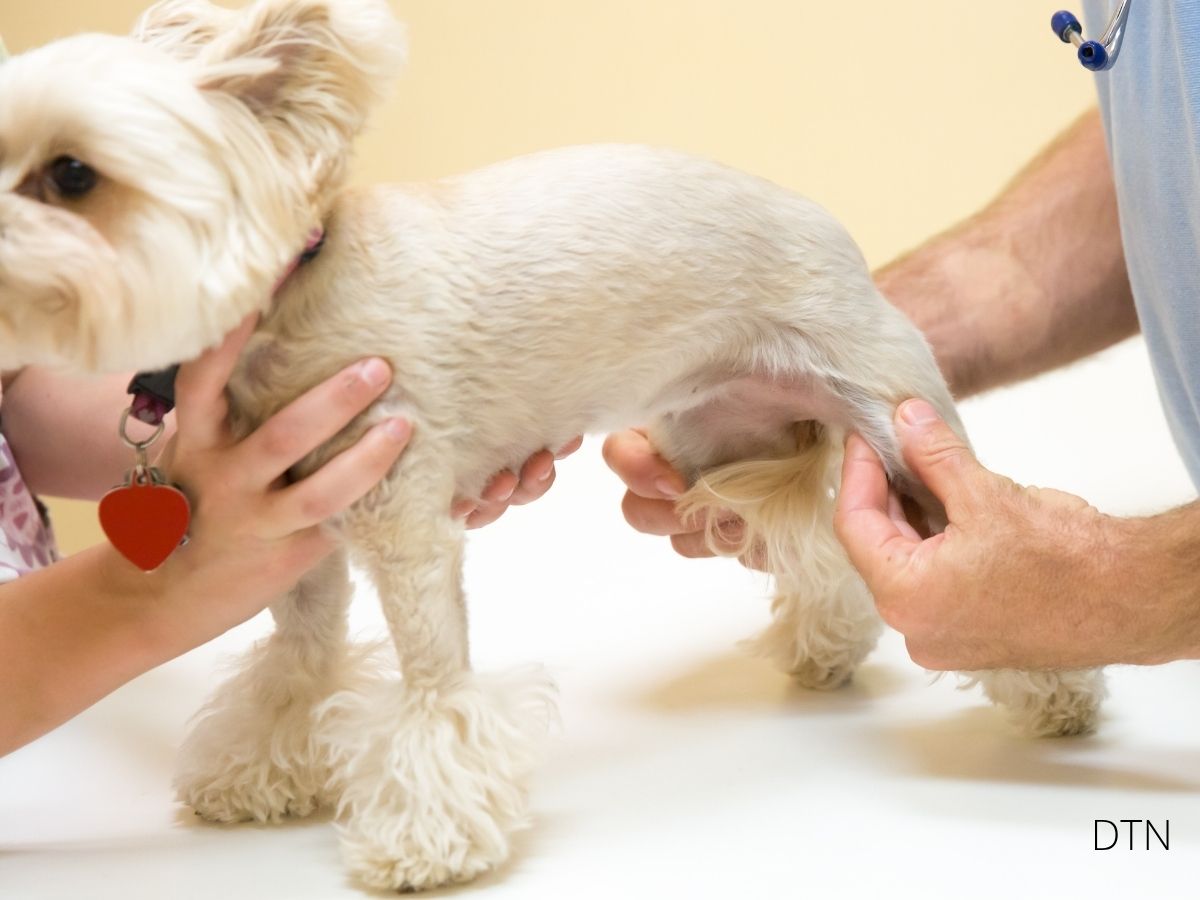Introduction
Have you ever watched a dog walking perfectly beside their human, no tension on the leash, both moving in harmony like dance partners? That dog isn’t “trained” in the traditional sense – they’re connected. They’ve developed what we call a NeuroBond, an invisible thread of communication that makes physical restraint almost unnecessary. This isn’t about teaching commands or enforcing rules; it’s about building a relationship so strong that your dog chooses to stay close, not because they have to, but because they want to.
The traditional approach to dog training operates on a control paradigm – suppress unwanted behaviors, reward compliance, repeat until the dog submits. But what if there’s another way? What if instead of managing your dog’s every move, you could build a connection that makes management unnecessary? The NeuroBond method recognizes a fundamental truth: dogs are complete beings with their own logic, emotions, and decision-making capabilities. When we work with their nature rather than against it, something magical happens. Let us guide you through understanding how this invisible connection forms and why it transforms not just walks, but your entire relationship with your furry companion.
Character & Behavior: Understanding Your Dog’s Operating System
The Philosophy of “Let the Dog Be”
Your dog is, quite literally, an operating system on four legs – a sophisticated biological computer running programs written by millions of years of evolution. The NeuroBond approach starts with a radical premise: let the dog be himself. This doesn’t mean permissiveness or chaos. It means acknowledging that natural behaviors aren’t problems to suppress but communications to understand and redirect.
Every behavior has logic in your dog’s world. That pulling toward the bushes that frustrates you? It’s an urgent message about fascinating scent information that could indicate food, danger, or social news. The lunging toward other dogs isn’t defiance – it’s a response to social programming that says “investigate first, ask questions later.” When we punish these communications without offering alternatives, we create confusion and potentially escalate the very behaviors we’re trying to eliminate.
The NeuroBond builds through understanding, not suppression. Instead of constantly correcting your dog, you learn to read their signals and respond appropriately. Your dog discovers that you’re not an obstacle to their desires but a partner in fulfilling them safely. This shift from adversary to ally changes everything about how your dog relates to you.
Connection as the Foundation
Traditional training asks “How do I make my dog do what I want?” The NeuroBond asks “How do we move through the world together?” This fundamental reframe transforms every interaction. Connection isn’t built through repetition of commands but through thousands of micro-moments of mutual awareness and response.
Trust develops in layers. First, your dog learns you’re safe – you won’t hurt them or force them into frightening situations. Next, they learn you’re relevant – paying attention to you brings good things. Then comes reliability – you consistently respond to their needs. Finally, preference emerges – being near you becomes more valuable than other options. This isn’t trained; it’s cultivated through consistent, positive interaction.
The emotional connection becomes neurological. Every positive interaction releases oxytocin in both your brains – the same bonding hormone that connects mothers to infants. When your dog checks in with you and receives acknowledgment, dopamine reinforces the neural pathway. Over time, these chemical rewards create physical changes in the brain. The invisible leash isn’t metaphorical – it’s measurable in strengthened neural connections.
Training & Education: Building the NeuroBond
Phase 1: Establishing the Foundation (Weeks 1-2)
Before addressing any specific behaviors, we build the fundamental connection. Your dog needs to learn that you’re worth paying attention to, not through demands but through value. This phase focuses entirely on voluntary engagement.
The Check-In Game becomes your primary tool:
- Reward every voluntary eye contact, no matter how brief – aim for 50+ rewards daily
- Create a “connection bubble” of about 3 feet where good things consistently happen
- Practice “proximity pays” by dropping treats when your dog chooses to be close
- Ignore unwanted behaviors completely – don’t correct, just become boring
- Use high-value rewards initially to compete with environmental distractions
During this phase, you’re not “training” in the traditional sense. You’re establishing a pattern: attention to human equals good things happen. Your dog begins to see you as relevant and valuable in their environment, not just as the holder of the leash.
Phase 2: Movement as Communication (Weeks 3-4)
Now we introduce the concept of moving together as a team. This isn’t about heel position or perfect placement – it’s about mutual awareness and responsive movement.
Standing on the leash becomes your teaching tool. When your dog pulls, you simply stop moving and stand on the leash with enough slack that they’re not being corrected, just prevented from moving forward. No commands, no corrections – just natural consequence. Most dogs will try several solutions: pulling harder, looking back at you, sitting, or lying down. The moment they create slack in the leash – however they achieve it – mark it with “yes!” and reward generously.
Your dog is finding their own solution to a puzzle you’ve presented. They’re learning that tension stops forward movement while slack enables it. Because they discovered this themselves rather than being forced into compliance, the learning is deeper and more permanent. This is the essence of the NeuroBond – facilitating discovery rather than demanding obedience.
Phase 3: The Invisible Emerges (Week 5 and beyond)
As the foundation solidifies, something remarkable happens. Your dog begins checking in without prompts, moderating their pace to match yours, maintaining awareness of your position even when distracted. The physical leash becomes almost ceremonial – the real connection is emotional and neurological.
Instinct becomes the teacher in this phase. A dog pulling toward a scent? Pause, let them process from where they are, then mark and reward when they naturally release tension. They learn they can investigate without pulling. The terrier’s prey drive, the hound’s scent focus, the herding dog’s movement sensitivity – all become opportunities for connection rather than conflicts to manage.
Environmental rewards replace food rewards gradually. That fascinating smell becomes accessible through maintained connection. Greeting another dog happens when the leash is loose. The park entrance opens when your dog checks in. The environment itself begins reinforcing the invisible leash, making it self-sustaining.
If there are no dogs in Heaven, then when I die I want to go where they went.
– Will Rogers

Performance & Activities: Real-World Application
Beyond the Walk: The Ripple Effect
The invisible leash isn’t confined to walks – it transforms every aspect of your life together. Dogs trained with NeuroBond naturally stop door darting because they’ve internalized checking in before transitions. The threshold becomes a connection point, not a conflict zone. Your dog offers eye contact at doors, confirming you’re ready to move through together.
Recall revolutionizes without specific training. Dogs with strong NeuroBonds develop an internal compass keeping them oriented toward you even at distance. They return before being called, maintaining voluntary proximity because connection has become valuable. This isn’t trained recall – it’s chosen closeness, far more reliable than any commanded behavior.
Car behavior improves as the same principles apply. The dog who doesn’t pull on walks naturally doesn’t lunge at windows during drives. They’ve learned to trust your navigation and settle into the journey. Greeting visitors becomes calmer because your dog checks in with you rather than exploding toward the door. The NeuroBond creates a secure base from which your dog navigates all exciting or challenging situations.
Breed-Specific Adaptations
While the NeuroBond principles remain constant, their application varies by breed. Understanding your dog’s genetic programming helps you work with their nature rather than against it.
Terriers need “controlled hunting” opportunities. Incorporate brief investigation sessions where your terrier can explore intensely while maintaining loose leash. This satisfies their seeking drive within the connection framework. Their quick minds respond best to rapid-fire rewards and varied challenges that keep them engaged.
Sight hounds require predictive management. By the time your Greyhound spots movement, they’re already in chase mode. Build the NeuroBond through preemptive engagement, teaching them to check in when they notice triggers rather than reacting. Trust becomes paramount – they learn you’ll keep them safe from their own instincts.
Scent hounds need incorporated sniffing. Fighting your Beagle’s nose is futile. Instead, make scenting part of the NeuroBond process. Teach “scent check-ins” where investigation happens on loose leash with periodic attention to you. The invisible leash becomes about exploring together rather than restricting exploration.
Troubleshooting: Common Challenges
The Extinction Burst
Right before a behavior disappears completely, it often intensifies dramatically – like a flame flaring before dying. Your dog might pull harder than ever for a few days or weeks, testing whether the old pattern still works. This isn’t failure; it’s the death throes of an outdated behavioral program. Hold steady. Dogs showing the strongest extinction bursts often become the most reliable once they break through.
Hidden Reinforcement
Sometimes we unknowingly maintain pulling through subtle actions:
- Quickening pace slightly when tension increases
- Talking more during pulling (“no, easy, stop”)
- Occasionally allowing success when tired or distracted
- Tensing shoulders or holding breath during triggers
Video yourself walking to identify these patterns. The solution isn’t perfection but awareness and gradual improvement.
When Progress Stalls
Plateaus are normal and actually indicate deep learning occurring as neural pathways consolidate. If progress completely stalls for over two weeks, examine these factors:
- Consistency – are all family members following the same approach?
- Hidden stressors – health issues, home changes, seasonal triggers?
- Reinforcement schedule – too predictable or too random?
- Your emotional state – dogs mirror our anxiety and tension
The Human Element: Your Role in the NeuroBond
Releasing Control, Finding Partnership
The hardest part of NeuroBond development isn’t training your dog – it’s retraining yourself. Every emotion you feel transmits directly through the leash like a telegraph wire. When you tense up seeing another dog approach, your dog feels that anxiety before you’ve consciously registered it. They don’t know you’re worried about their behavior; they just know danger is coming because their trusted human is broadcasting stress signals.
Breaking your own reactive patterns requires conscious practice. Notice where you hold tension – jaw, shoulders, hands gripping the leash. Practice walking meditation without your dog first, maintaining steady breathing and relaxed muscles while passing your own triggers. When you can walk calmly past the house with the barking dogs while alone, you’re ready to help your dog do the same.
The grief of letting go is real. You might mourn the fantasy of perfect control, the simplicity of command-based training, the clarity of dominance hierarchies. This grief is necessary for the birth of true partnership. When you stop trying to control your dog, something magical happens – they start controlling themselves.
Conclusion: The Journey Forward
The NeuroBond method isn’t a quick fix or a training technique – it’s a philosophy of relationship that transforms how you and your dog move through the world together. It requires patience, self-awareness, and a willingness to see your dog as a complete being with their own logic and emotions. The reward? A connection so strong that physical restraint becomes almost unnecessary.
Success isn’t measured by perfection but by the quality of your connection. A dog with a strong NeuroBond might still have moments of excitement or distraction. The difference is how quickly they recover and reconnect. Success looks like a dog who self-corrects, seeks you out in uncertainty, chooses proximity not from training but from preference.
The invisible leash is an invitation to experience what’s possible when we stop trying to control our dogs and start connecting with them. It’s about walks where both species feel safe, engaged, and fulfilled. Most importantly, it’s about recognizing that the solution to behavioral challenges isn’t better commands or stronger corrections – it’s a better relationship. Your dog has been trying to tell you something all along. Maybe it’s time to listen, understand, and respond with connection rather than control. The journey from management to partnership starts with a single step – together. 🧡
